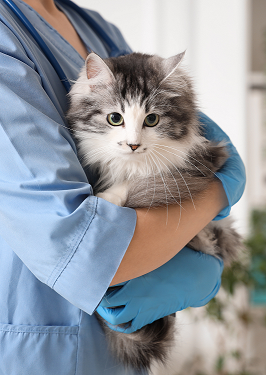World Animal Sterilization Day is commemorated on the last Tuesday of February to raise awareness of the need to spay and neuter animals to save their lives and keep them healthy. This day was proclaimed by the Human Society Veterinary Medical Association in 1995.
What does pet sterilization consist of?
Sterilization consists of the surgical removal of the ovaries and uterus (in females), as well as the testicles (in males), to prevent the reproduction of offspring and litters.
It is estimated that a high percentage of abandoned animals once had a home and were subsequently left to their fate for various reasons, the most common being the economic difficulty of maintaining their food and regulatory vaccinations, as well as the lack of expertise to adopt and raise a pet as a member of the family group.
The dissemination of information and the implementation of actions by activist groups, foundations and non-governmental organizations is essential to prevent the overpopulation of abandoned animals and to improve birth control of dogs and cats, thus avoiding public and environmental health problems.
Why is it important to sterilize pets?
According to studies and recommendations made by veterinarians, it is of utmost importance to spay and neuter our pets, preferably before the first heat, for the following reasons:
- It helps prevent diseases, such as uterine infections and breast cancer in the case of female pets; and in males it prevents testicular cancer, which can be aggravated in 50% of dogs and 90% of cats. Other diseases common to both genders are neoplasms and joint dysfunctions, depending on the breed, gender and age of the pet.
- It avoids canine and cat overpopulation, due to the proliferation of unplanned offspring and litters, which, according to health regulations, may be susceptible to euthanasia.
- It benefits the behavior of pets, especially in the mating season, and reduces aggressiveness.
- Prevents the spread of zoonotic diseases, i.e., those infections that are transmitted from animals to humans. They can be caused by viruses, bacteria, parasites or non-conventional agents.
How can we help?
We can all collaborate with this cause through these actions:
- Spay or neuter your pet: Go to a trusted veterinarian’s office and ask for more information about this procedure. This way you will be able to make the right decision. You can look for information in your locality about available spay/neuter clinics.
- Support educational activities, talks and events in your community about pet sterilization.
- Contribute to spread information about educational campaigns or spay/neuter days on your social networks.
- If your pet is not sterilized, do not let it go out on the street alone. That way you will avoid the risk of reproduction.


